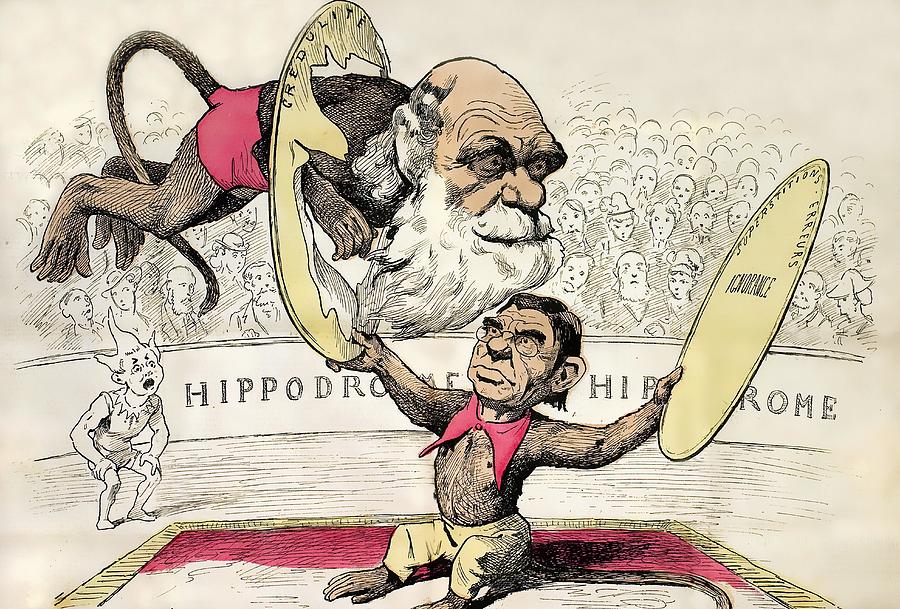Enter the memesphere
Why memes might be the next tool to make sense of on our increasingly hybrid virtual and physical environment.
What do the bizzare images, giphy’s and videos we see on our screens have to do with evolution? Although it may not seem like it, memes might be the next tool to make sense of (and reflect) on our increasingly hybrid virtual and physical environment.















